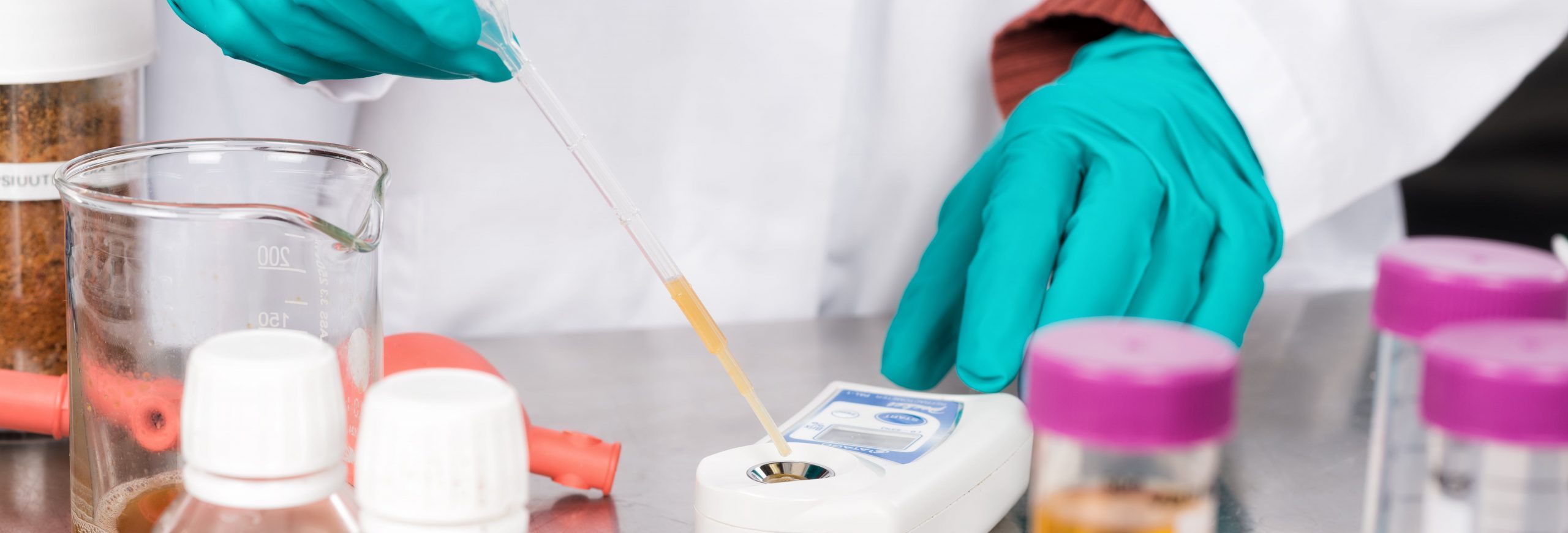Novel food authorisation for consumers’ safety
The approval process of novel foods was significantly smoothed in 2018. There is still, however, a lot of hearsay about the procedure being a tedious one — even people working in the food industry are still spreading the misconception. To prove that the process has changed, we share how our novel food product BlackGrain from Yellow Fields® got approved.
Before a food classified as a novel food can enter the consumer market in the EU, it must undergo a thorough safety assessment since it will fall under the Novel Food Regulation (EU) 2015/2283. Consequently, consumers in the EU can put their minds at ease and try out novel food products safely.
Sometimes it’s not so straightforward to determine what is considered a novel food. Typically, however, novel foods include newly invented foods, new food production methods or ingredients that haven’t been widely consumed in the EU before May 1997.
What is novel food and how does the EFSA make sure it is safe to consume? Watch a video made by EFSA!
More efficient novel food authorisation procedure enables faster launching without sacrificing the high level of food safety
The novel food approval process used to be extremely long — getting an authorisation could take up to five years. The reformed process was implemented in the beginning of 2018 and nowadays it’s significantly more efficient than before.
Most importantly, a centralised authorisation system has speeded up the authorisation process. Unlike previously, the Commission now views each application first and if it meets the application criteria, the application will be submitted to the EFSA (European Food Safety Authority) for a risk assessment instead of EU member states. Also, thanks to the reform, data protection provisions protect food innovations with a 5-year individual authorisation if the substantial safety data is provided by the applicant.
Bringing a novel food to the market is a big financial investment
Behind every novel food, there are countless hours of work that are never visible to the end customer. From a commercial point of view, new products should be brought to the market as quickly as possible. The expectations are set high which only adds pressure. However, going without the required novel food authorisation is not an option – it will only lead to withdrawing the product from the market.
For example with BlackGrain, the starting point was rapeseed material that consisted of protein, fibre and oil. As rapeseed is a small and dense seed, separating different ingredients proved very challenging and our unique solution was to use the ingredients together instead.
Since rapeseed protein and fibre hadn’t been used in food before, it was evident that we were dealing with a novel food and had to apply for the novel food authorisation.
Example of a novel food application process: BlackGrain from Yellow Fields®
The EFSA provides consultation and clear instructions throughout the application process. In short, this is how the novel food approval process went in BlackGrain’s case:
- The application process started with assessing whether the product is a novel food or not.
- As the product was a novel food, we proceeded to examine product safety and identify risks and their causes.
- Providing the five batch samples required for the application. The samples were tested for microbiological and chemical composition including impurities. Moreover, samples were studied for toxicity, digestibility and human tolerability.
- Assessing maximal amounts to be added in the specified food categories for the intake calculations of different populations.
- Submitting the application to the Commission.
- The application met the application criteria and was delivered to the EFSA’s scientific expert panel for further inspection.
- Receiving a favourable opinion from the EFSA.
After receiving a favourable opinion from the EFSA, we waited and got favourable votes from all EU member states. We are still waiting for the final publication of Commission Implementing Regulation in the Official Journal. The novel food can be placed on the EU market 20 days after this publication.

